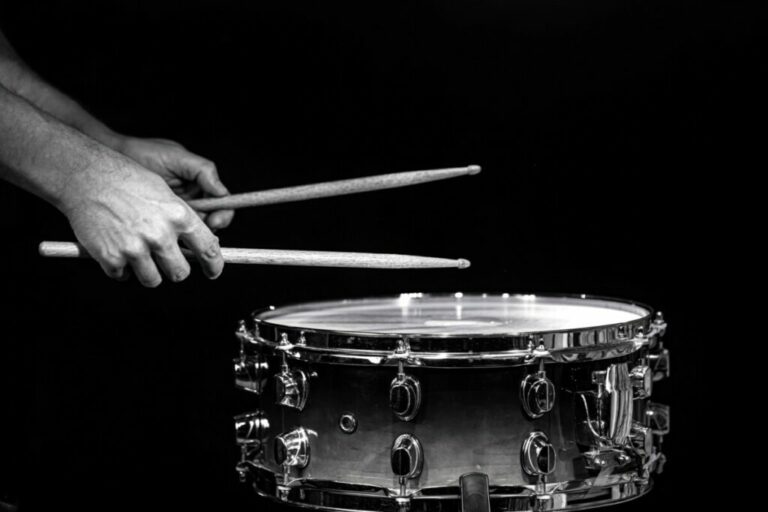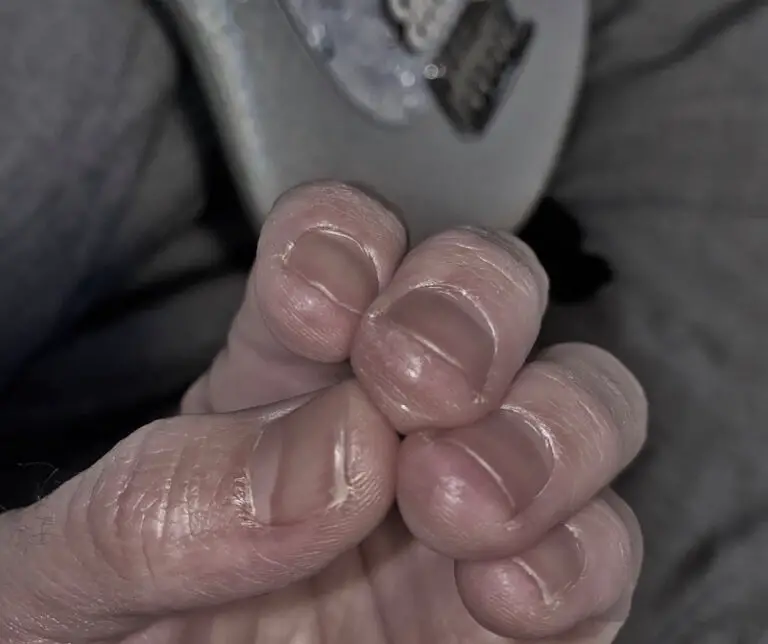How To Find The Best Bass Strings That Are Easy On The Fingers
If you’ve ever tried to play the guitar with awful strings, you know what that’s like. Playing the bass guitar with poor strings can lead to the same result. So if you want to know how to find the best bass strings, you aren’t alone.
What bass strings are best for your fingers? Those with experience playing bass will want heavy gauge strings. Less experienced people will want something with a bit less pressure. Roundwound strings are typically a happy medium.
Below, we will dig into the answer, so you know how to find bass strings that work for your fingers.
Before You Start: What Type of Bass Guitar Do You Have?
The first step in buying strings starts with the type of bass you’ve got. Traditional bass guitars come in four strings, but you will likely see them in these categories:
| Type of Bass Guitar | Benefits |
| P-Bass | A traditional form of bass guitar that is the first type invented |
| Jazz Bass | A bass guitar style with a narrow neck and two pickups allows for greater tone control. |
| Acoustic-Electric BassSimilar to acoustic guitars, they do not need an amp to play. |
Bear in mind that bass guitars are different from upright basses. So don’t get the two confused if you are going to your local music store.
Your most common bass type will be the p-bass, but all above are built with the standard four strings. However, both five- and six-string basses exist, enabling lower strings with deeper sounds.
If you are a beginner, you’ll want to stick with the simple four-string version. These should come with frets and have a neck length similar to standard acoustic or electric guitars.
What is the Core Wire, and How Does It Help?
Regardless of what kind of outward martial is used, the core of your strings is usually made with stainless steel. This is known as a steel core wire, and it allows your string to last longer than three seconds.
Despite your best efforts to avoid harsh materials, you will have to toughen up your fingers. But you can have your choice among the two standard core types:
- Round cores – The most common type of core is round. These are known to create a memorable bass tone known in most songs.
- Hex cores – Hex cores are advanced forms of round cores that “hold” to the coating better and offer stiffer tension.
Hex cores are a bit more advanced, requiring more finger pressure. As a beginner, you should be ready to break a few strings and stick with round cores.
The Best Materials For Your Bass Guitar Strings
As a beginner with soft baby fingers, your starting string should likely be nickel-plated steel. This material type is known for comfort. It also has a bright tone similar to pure nickel.
If you want to test your fingers, here are a few other options you can choose from:
- Pure nickel: It is known for having a bright tone associated with 60s rock
- Stainless steel: Stainless steel is known for being pretty looking and corrosion-resistant. Expect similar bright tones to our nickel.
- Copper-plated steel: Copper is known for producing a semi-acoustic sound.
- Synthetic coating (polymer-coated): Polymer-coated steel is entirely random in tone due to manufacturing differences between each producer. However, polymer coatings are excellent at increasing longevity.
These options are known to have steel cores that are round or hex-shaped. So while you might think the longest-lasting material is pure stainless steel, any of the options above will hit the exact needs.
How Wire Gauge Impacts Player’s Fingers
The thicker the wire gauge of your bass, the harder it will be on your fingers. Most bass players use their fingers to get a better feel for the music.
String gauge also dictates how the music might sound. Jazz players will be looking for a completely different sound than someone who plays metal.
String thickness also changes the type of note that you end up playing. Here’s a chart with more details:
| String thickness | Gauge ranges |
| Light | .030 to .100 |
| Medium | .045 to .105 |
| Heavy | .050 to .115 |
The numbers above assume you are running a four-string bass. Five-string basses can be anywhere between .120 to .145 for B.
The fifth string requires a practiced finger, so you should test your fingers on the first four before adding the fifth.
The Best Bass Guitar Windings For Your Fingers
Windings also impact the thickness of the strings you choose. A change in windings will change the sound you hear and the level of protection between you and the core.
Roundwound strings are the most popular form because they have ridges on the winding. This makes it easier for your fingers to grab the string and provides more excellent protection for everything else.
You might also find one of these other types of windings:
- Halfround – halfround strings are thinner than roundwound to provide a smooth feeling. They provide a warmer tone but are preferred by those who have more expertise due to the smaller surface area.
- Flatwound – Flatwound strings are smooth and known for a warm sound like halfround strings. Flatwounds are unique because they reduce finger noise if you draw your fingers along them.
- Tapewound – Tapewound strings have a thin piece of nylon that is better for creating a thud against the fretboard.
How Scale Lengths Impact Bass Finger Fatigue
A bass guitar’s scale length refers to the string length. Because it’s harder to press down the additional surface area, longer scales make for more difficult reaches.
However, this is second to the gauge, so try not to worry about getting a shorter scale. The standard 34 inches of string length is ideal for any bass guitar player.
Here are your options:
- Short: 30 to 31′
- Medium: 32 to 33′
- Long: 34 to 35
- Extra Long: 36+
Shorter strings have the added benefit of requiring less effort during standard tuning. However, those who love the deep and sweet notes love using the extra length.
Other Methods To Help Your Finger Durability
Regardless of whether you want to be the best funk player or play bass in your church band, it’s going to take more than avoiding finger pain. Here are some additional tips you can use to help your fingers out.
- Practice every day: If you want to play bass, you will need to grow some finger armor. Calloused fingers enable to play longer with less irritation and more durability. The more you practice, the better you will get (and the more you will be used to using your fingers).
- Change strings regularly: Consistent bass players know to change their strings once every one or two months. If you are practicing, you’ll likely want to do this a bit more to prevent the steel core from cutting your fingers. Less experience amounts to a higher chance of running down your strings.
- Take breaks when possible: If you feel your fingers hurting, you don’t want to press it. Seeing dirty or rusty strings are a good sign you need to make a replacement. If your fingers hurt in the process, it is another sign you need to take the day and rest your digits.






![What Does a Pop Filter Do? [And Other Pop Filter Tips]](https://www.bythebarricade.com/wp-content/uploads/2023/04/180261067_l_normal_none-1024x683-1-768x512.jpg)


